How Long Do LED Lights Last? The Ultimate Guide to LED Lifespan

LED lights have become an incredibly popular lighting option in recent years, thanks to their energy efficiency, low heat emissions, and long lifespan. But just how long can you expect your LED lights to last? The answer isn’t as simple as you might think, as there are a variety of factors that can impact LED lifespan. In this comprehensive guide, we’ll explore everything you need to know about LED lights and their lifespan, including what affects LED longevity, how to extend the lifespan of your LEDs, and how long you can really expect them to last. To begin, we’ll dive into the basics of LED technology and discuss what makes these lights different from other lighting options. We’ll also explore the various types of LED lights available, including their differences in terms of brightness, color temperature, and energy efficiency. From there, we’ll take a closer look at the factors that can impact LED lifespan, including temperature, humidity, voltage, and more. Whether you’re using LED lights in your home, office, or industrial setting, understanding these factors can help you make the most of your LED lighting investment.
LED lights, short for light-emitting diodes, are the latest technological advancement in lighting fixtures. They are a form of energy-efficient lighting that has revolutionized the industry, providing brighter and more durable lighting while consuming less electricity. LED lights work by using a semiconductor to convert electricity into light. Compared to traditional incandescent bulbs, LED lights have a longer lifespan and produce less heat, making them a safer and more eco-friendly lighting option. They are also available in a range of colors and styles, making them a popular choice for both residential and commercial lighting applications. With their long lifespan and energy efficiency, LED lights are quickly becoming the go-to choice for modern lighting solutions.
The lifespan of LED lights is of utmost importance, especially in today’s world where energy efficiency and sustainability are highly valued. LED lights have become the go-to lighting solution as they consume less energy, emit less heat, and last longer than traditional incandescent bulbs. The longevity of LED lights not only saves money on replacement costs but also reduces the environmental impact of disposing of used bulbs. The extended lifespan of LED lights is achieved through the use of solid-state technology, which eliminates the filament that wears out in incandescent bulbs. Investing in LED lights with a long lifespan is a wise choice for both the environment and your wallet, making it a smart choice for anyone looking for a reliable and cost-effective lighting solution.
Factors Affecting LED Lifespan
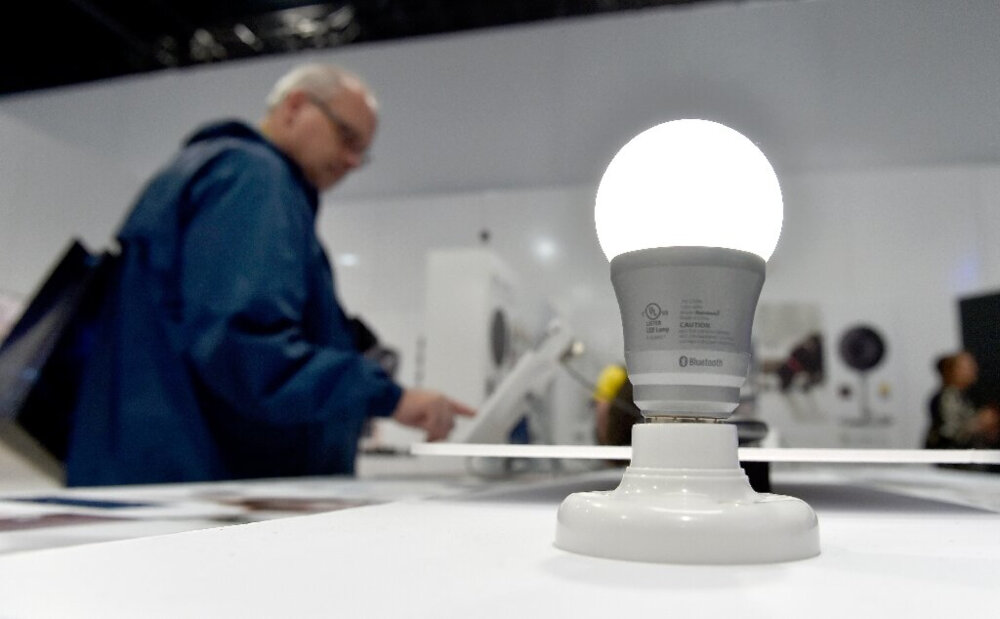
LED lights have become increasingly popular in recent years due to their energy efficiency and long lifespan compared to traditional incandescent bulbs. However, there are several factors that can affect the lifespan of an LED light. One of the most important factors is temperature. LED lights are sensitive to temperature, and extremely high or low temperatures can greatly reduce their lifespan. It is recommended that LED lights be used in environments with temperatures between -20°C and 45°C to ensure optimal performance and longevity. Additionally, LED lights should not be used in enclosed fixtures or areas where there is poor ventilation, as this can cause heat buildup and reduce their lifespan. Another factor that can affect the lifespan of an LED light is the quality of the driver. The driver is the component that regulates the flow of electricity to the LED, and a poor quality driver can cause the LED to fail prematurely. It is important to choose LED lights with high-quality drivers to ensure maximum lifespan. Additionally, the quality of the LED chip itself can also affect its lifespan. Cheaper, lower quality chips may not last as long as higher quality chips, so it is important to choose LED lights with reputable brands and manufacturers. By paying attention to these factors, it is possible to maximize the lifespan of LED lights and enjoy their energy efficiency and cost savings for years to come.
The quality of the LED chip is a crucial factor in determining the lifespan of LED lights. High-quality LED chips are manufactured using premium materials and advanced techniques, resulting in superior heat dissipation, color consistency, and brightness. On the other hand, low-quality LED chips are prone to premature failure due to inadequate heat management and poor design. The quality of LED chips directly affects the durability and reliability of LED lights, so investing in high-quality LED chips is essential for ensuring long-lasting and efficient lighting solutions. Ultimately, the lifespan of LED lights is dependent on the quality of their components, particularly the LED chip, and choosing the best quality products is key to achieving maximum performance and longevity.
Operating temperature is a crucial factor that affects the lifespan of LED lights. LEDs are semiconductor devices that are sensitive to temperature changes. The optimal operating temperature for LEDs is between 25°C to 45°C. Any temperature beyond this range can significantly reduce the lifespan of LED lights. High temperatures can cause the LED chip to degrade and reduce its light output, while low temperatures can cause the LED to become less efficient and consume more power. Therefore, it is essential to ensure that LED lights are installed and operated within the recommended temperature range to maximize their lifespan and performance.
Driver quality plays a crucial role in determining the lifespan of LED lights. LED drivers are responsible for regulating the amount of electricity flowing through the LED chips, which ensures that the LEDs operate within their optimal range. If the driver quality is poor, it can lead to overdriving or underdriving the LEDs, causing them to fail prematurely. It is, therefore, essential to invest in high-quality LED drivers to ensure that your LED lights reach their maximum lifespan. A well-designed and well-manufactured driver will not only improve the lifespan of the LEDs but also enhance their efficiency and performance. In short, the driver quality is one of the most critical factors that need to be considered while selecting LED lights, as it can have a significant impact on the longevity and overall performance of the lights.
Usage patterns play a significant role in determining the LED lifespan. The number of hours an LED light can last is directly proportional to how frequently it is used. For instance, an LED bulb that is used for 24 hours a day will likely wear out faster than the one that is used for only four hours a day. Different environments also impact the longevity of LED lights. For example, an LED bulb exposed to high temperatures will likely have a shorter lifespan than one that is installed in a cooler environment. The type of fixture and the quality of the LED bulb also play a role in determining its lifespan. Understanding your LED lighting requirements and the environmental factors that impact their longevity is crucial in selecting the right LED bulb for your needs.
The lifespan of LED lights is significantly influenced by the environmental conditions in which they operate. High temperatures can cause the LED chips to degrade faster, leading to decreased brightness and lifespan. Humidity can also be a factor, as water can damage the electrical components of the LED. Additionally, exposure to dust and other particles can cause the LED to overheat and fail prematurely. To ensure the longest lifespan possible, it is important to choose LED lights that are rated for the environmental conditions they will be exposed to and to provide adequate ventilation and protection from moisture and dust.
Expected LED Lifespan
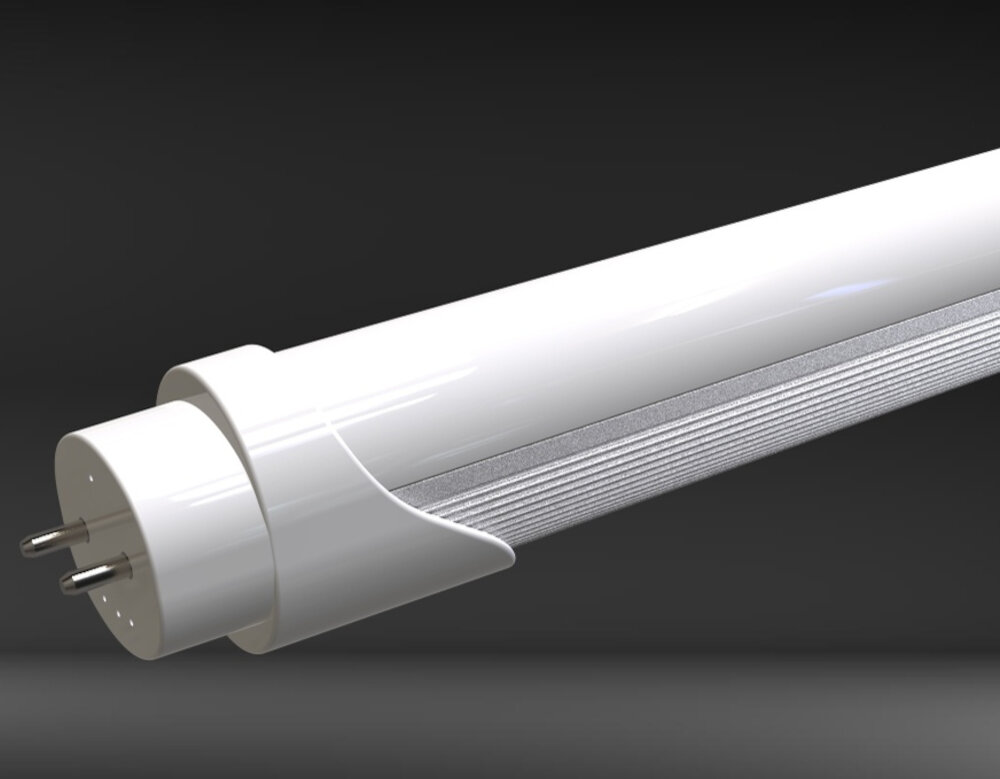
LED lights are becoming increasingly popular for their energy efficiency and long lifespan. But just how long can you expect your LED lights to last? The lifespan of LED lights is measured in hours, and can vary greatly depending on factors such as quality of the LED, usage patterns, and environmental conditions. On average, high-quality LED lights can last anywhere from 25,000 to 50,000 hours. That’s over 20 years of use if you’re only using the lights for 3 hours a day! When compared to traditional incandescent bulbs, which typically last around 1,000 hours, it’s clear to see why LED lights are a preferred choice for many households and businesses. However, it’s important to note that the lifespan of LED lights can be affected by certain factors. For example, LED lights can be sensitive to high temperatures and humidity, which can shorten their lifespan. Additionally, LED lights that are frequently turned on and off may not last as long as those that are left on for longer periods of time. It’s also important to choose high-quality LED lights from reputable manufacturers to ensure that you’re getting the longest lifespan possible. Overall, if you take proper care of your LED lights and choose high-quality products, you can expect to enjoy their energy efficiency and long lifespan for many years to come.
LED lifespan ratings are critical in determining the durability of LED lights. These ratings indicate the expected number of operational hours before the LED light fails or depreciates in performance. LED lifespan ratings vary from one manufacturer to another, and they are influenced by several factors, including the quality of materials used in manufacturing the LEDs, the operating environment, and the temperature range. Some of the commonly used ratings include L70, L80, and L90. L70 rating implies that the LED will retain at least 70% of its initial brightness after a specified number of hours. Similarly, L80 and L90 ratings represent the expected operational hours before the LED light loses 20% and 10% of its original brightness, respectively. Understanding the LED lifespan ratings is crucial in selecting the right LED lights for different applications, ensuring efficient lighting, and minimizing replacement costs.
The lifespan of LED lights varies depending on their application. In general, LED lights used for residential purposes can last up to 25,000 hours or 22 years if used for approximately 3 hours a day. For commercial applications, LED lights can last up to 50,000 hours, which is equivalent to about 11 years of constant use. In industrial settings, where LED lights are used for extended periods, their lifespan can extend up to 100,000 hours or more. LED lights used for outdoor lighting, such as streetlights or parking lot lights, can also last up to 100,000 hours, which is about 20 years of continuous use. Regardless of the application, LED lights outlast traditional incandescent and fluorescent bulbs and provide significant energy savings over their lifespan.
When compared with traditional lighting sources, LED lights have a much longer lifespan and are more energy-efficient. While incandescent bulbs typically last only around 1,000 hours, LED lights can last for up to 50,000 hours or more. This makes them a much better investment in the long run, as they don’t need to be replaced as often and can save you money on energy costs over time. Additionally, LED lights don’t emit as much heat as traditional bulbs, which can help to reduce the risk of fire and make them safer for use in a variety of settings. Overall, LED lights are a superior choice for anyone looking for a more reliable and cost-effective lighting solution.
How to Extend LED Lifespan
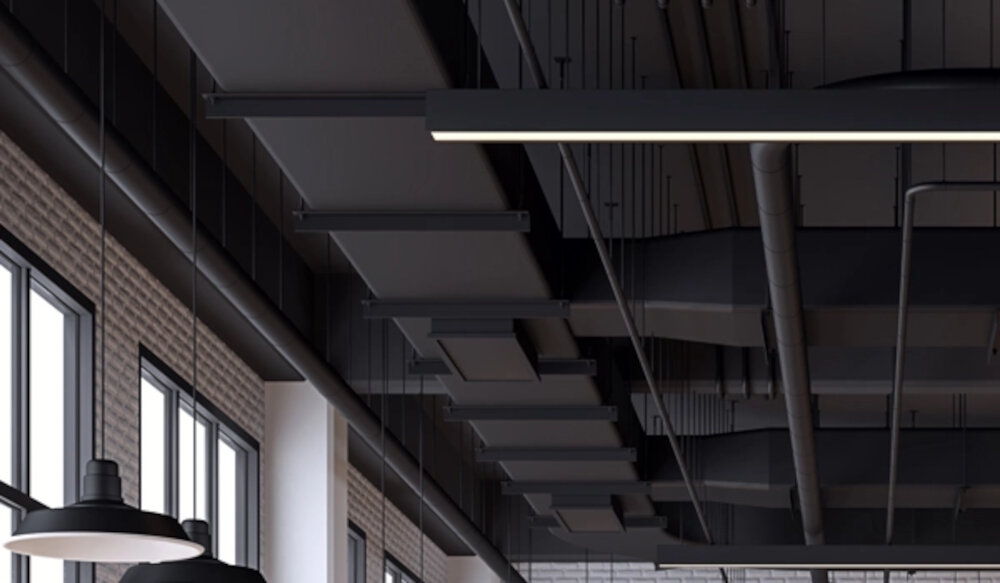
LED lights are becoming increasingly popular due to their energy efficiency and long lifespan. However, even with their extended lifespan, LED lights can still suffer from premature failure if not properly maintained. To extend the lifespan of LED lights, it is important to minimize the amount of heat they generate. Heat is the enemy of LEDs and can significantly reduce their lifespan. Therefore, it is essential to ensure proper ventilation and cooling to prevent overheating. This can be achieved by installing heat sinks or fans in the fixtures or using LED lights with built-in heat dissipation technology. Additionally, it is important to avoid placing LED lights in direct sunlight or in areas with high temperatures. Another way to extend the lifespan of LED lights is to ensure they are operated within their specified voltage range. Operating LED lights outside their recommended voltage range can cause them to fail prematurely. It is also important to avoid overloading LED circuits by not connecting too many LED lights to a single circuit. This can cause the LED lights to overheat and shorten their lifespan. Furthermore, it is recommended to use high-quality LED lights and drivers to ensure reliable and consistent performance. By following these simple tips, you can extend the lifespan of your LED lights and enjoy their energy-saving benefits for years to come.
Proper installation and maintenance are crucial in ensuring the longevity of LED lights. During installation, it is important to follow the manufacturer’s instructions carefully, including proper placement, wiring, and voltage requirements. Additionally, regular maintenance can help prevent premature failure and extend the lifespan of LED lights. This includes cleaning the fixtures and lenses, checking for any loose connections or damaged wiring, and replacing any faulty components promptly. Neglecting proper installation and maintenance can result in reduced performance, shorter lifespan, and potential safety hazards. By investing time and effort in proper installation and maintenance, LED lights can provide reliable and efficient lighting for many years to come.
Dimmers and controls are essential tools for managing LED lights and optimizing their lifespan. By adjusting the brightness of LED lights with a dimmer, users can save energy and prolong the life of the LEDs. Moreover, dimmers allow for customization of lighting to suit different moods and activities, creating a more comfortable and versatile environment. Additionally, controls such as timers, motion sensors, and smart home systems can further enhance the efficiency and convenience of LED lighting, helping to reduce energy costs and minimize waste. Overall, the use of dimmers and controls is a practical and effective way to maximize the lifespan and utility of LED lights.
When it comes to selecting high-quality LED products, there are a few key factors to consider. First and foremost, it’s important to look for products from reputable manufacturers who have a proven track record of producing reliable, long-lasting LED lights. Additionally, it’s important to pay attention to the quality of the materials used in the construction of the LED lights, as well as the level of energy efficiency they offer. Finally, it’s important to consider factors such as color temperature, brightness, and dimming capabilities, as these can all impact the overall performance and longevity of the LED lights. By taking the time to carefully evaluate these factors and select the highest-quality LED products available, consumers can ensure that they are investing in lighting solutions that will provide reliable, long-lasting performance for years to come.
Common LED Lifespan Myths
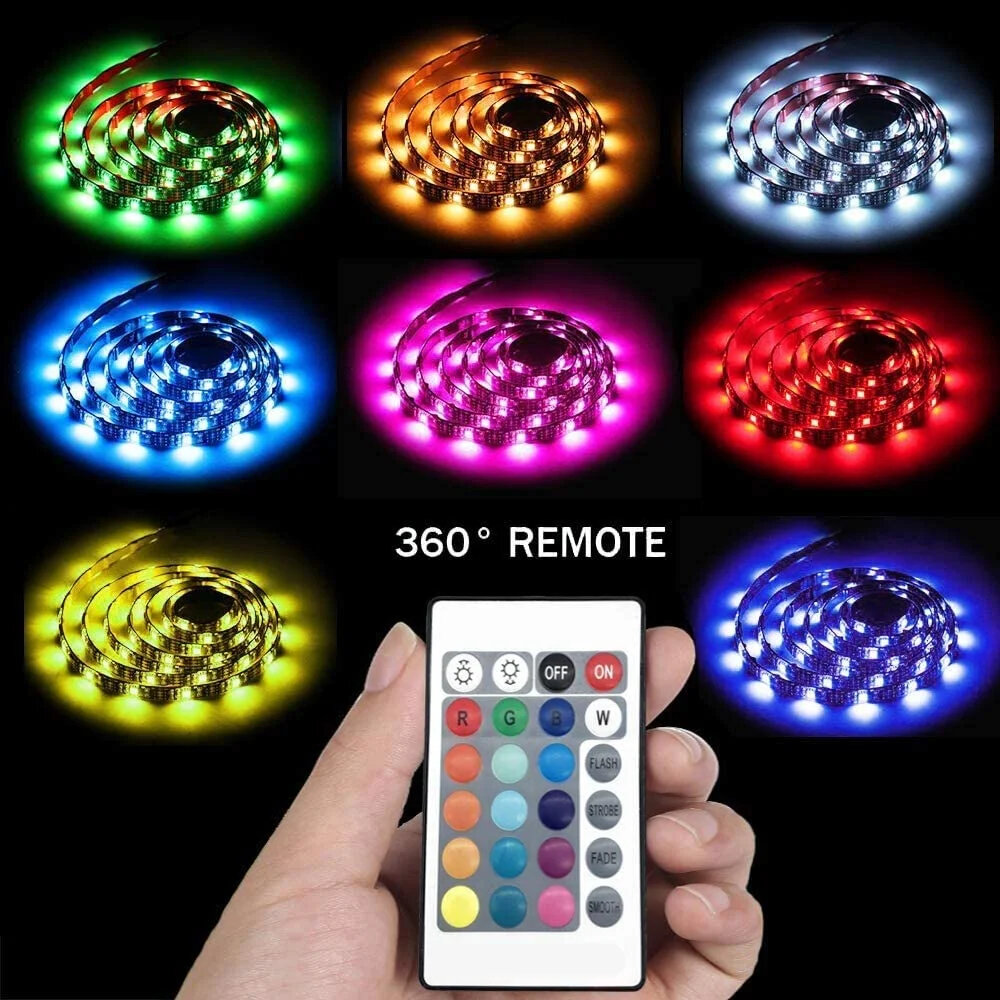
LED lights have become increasingly popular due to their long lifespan and energy-efficient nature. However, there are several myths associated with LED lifespan that can lead to confusion and misinformation. One common myth is that LED lights last forever. While LED lights do have a longer lifespan than traditional incandescent bulbs, they do eventually wear out and need to be replaced. The lifespan of an LED bulb can vary depending on several factors, including the quality of the bulb, the environment in which it is used, and the frequency of use. On average, LED lights can last anywhere from 25,000 to 50,000 hours, which is significantly longer than traditional bulbs, but not infinite. Another common myth is that turning LED lights on and off frequently will reduce their lifespan. While it is true that turning lights on and off frequently can cause wear and tear on the bulb, this does not significantly impact the lifespan of LED lights. In fact, turning LED lights on and off can actually help to extend their lifespan by reducing the amount of time they are in use. LED lights are designed to handle frequent on/off cycles and can last just as long with regular use as they can with infrequent use. Overall, it is important to understand the truth behind common LED lifespan myths to ensure that you are getting the most out of your LED lights and avoiding unnecessary replacements.
One of the most remarkable features of LED lights is their exceptional durability. Unlike traditional incandescent bulbs, LED lights don’t burn out or fail over time. This is due to their unique design, which allows them to generate light by passing an electrical current through a semiconductor material instead of heating a filament. As a result, LED lights can last up to 25 times longer than traditional bulbs, making them an incredibly cost-effective and environmentally friendly lighting solution. Moreover, LED lights are also highly energy-efficient, as they consume significantly less power than other lighting technologies, which further enhances their longevity and sustainability. Overall, LED lights are a smart investment for anyone looking for a long-lasting, reliable, and eco-friendly lighting solution.
LED lights have revolutionized the lighting industry with their exceptional durability and longevity. Unlike traditional incandescent bulbs, LED bulbs can last for up to 50,000 hours, which is 50 times longer than the former. This is because LED lights use a semiconductor material instead of a filament to produce light, which doesn’t burn out like a filament. Furthermore, LED lights are highly efficient, producing more light per watt of energy consumed than other light sources. This means that not only do LED lights last longer, but they also save energy and money in the long run. Overall, LED lights are an excellent investment for anyone looking for a reliable and long-lasting lighting solution.
One of the common misconceptions about LED lights is that all of them have the same lifespan. However, this is not entirely true. LED lights are designed and manufactured by various companies, and each has its own set of quality standards and specifications. As a result, the lifespan of an LED light can vary greatly depending on the brand, model, and usage. Factors such as the quality of materials, the manufacturing process, and the operating conditions can all affect the longevity of an LED light. It’s important to choose a reputable brand and model that is built to last, and to use the light according to the manufacturer’s recommendations to ensure the longest possible lifespan.
The lifespan of LED lights is a crucial factor to consider when choosing lighting solutions for your home or business. Not only does the longevity of LED lights reduce the need for frequent replacements, but it also helps to lower maintenance costs and reduce environmental impact. LED lights have a significantly longer lifespan than traditional incandescent bulbs, lasting up to 50,000 hours or more, which means that they can provide consistent and reliable lighting for many years. Additionally, LED lights are energy-efficient and consume less power than other lighting options, making them an excellent long-term investment for anyone looking to reduce their carbon footprint and save money on utility bills. Therefore, it’s important to prioritize LED lifespan when selecting lighting solutions to ensure you get the most out of your investment.
In conclusion, LED lights have revolutionized the lighting industry with their long lifespan, energy efficiency, and durability. As we have seen, the lifespan of LED lights depends on various factors such as the quality of the LED chip, the driver, and the operating conditions. Therefore, it is crucial to choose high-quality LED lights from reputable manufacturers, and also ensure proper installation and maintenance. Additionally, it is advisable to choose LED lights with a color rendering index (CRI) of 80 or higher for better color accuracy. With proper care, LED lights can last up to 50,000 hours or more, making them a cost-effective and sustainable lighting solution for homes, offices, and other commercial spaces.
Conclusion
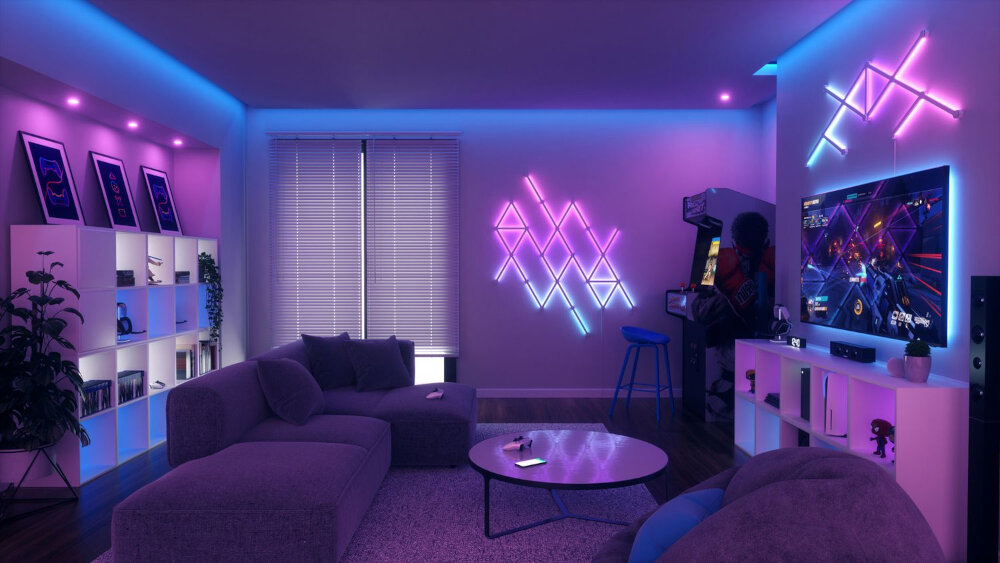
In conclusion, LED lights are the future of lighting technology, providing a long-lasting, energy-efficient and environmentally friendly lighting solution. The lifespan of LED lights can vary depending on various factors such as the quality of the LED, the usage pattern, and the environment in which they are used. However, on average, LED lights can last up to 50,000 hours, which is more than ten times the lifespan of traditional incandescent bulbs. The benefits of LED lights go beyond just their long lifespan, as they also offer superior lighting quality, lower energy consumption, and lower maintenance costs. As LED technology continues to improve, we can expect LED lights to become even more efficient and long-lasting in the years to come. Overall, investing in LED lights is a wise choice for anyone looking for a sustainable and cost-effective lighting solution.




